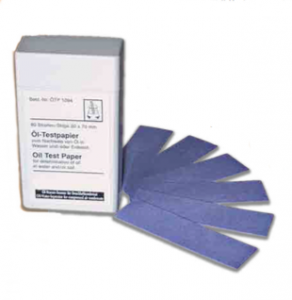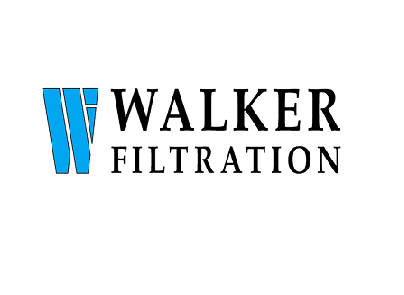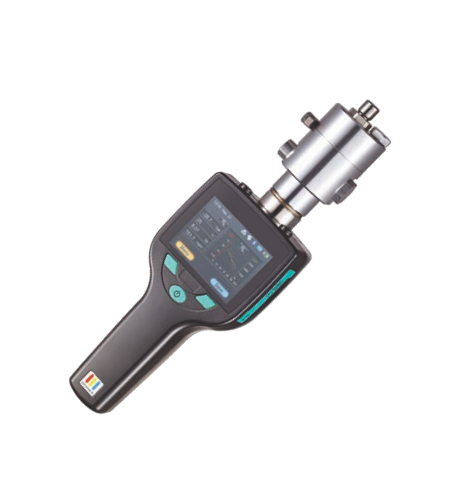A question often comes up in maintenance concerns: when to replace the filter elements of the oil/water separators?

For older generation separators, which do not have a visual saturation indicator, the turbidity of the discharges generally remains the only indicator allowing a decision to be made.
The problem is that turbidity, which is the content of materials that cloud a liquid, is not necessarily related to excessive oil content.
For example, a client, noting that the discharge of its condensates after purification had a color worthy of a nice aniseed aperitif, decided to have an analysis carried out by an approved laboratory. The result showed a residual oil content of... 3 mg/liter (i.e. 3 ppm approx.) therefore perfectly compliant.
This is not an isolated case. Numbers of atmospheric pollutants (industrial micro-particles, pollens, etc.) can influence turbidity without having any relation to the oil content in the discharge.
However, laboratory analysis is expensive and therefore cannot be requested on every occasion. An alternative technique, simple and quick to remove doubts about suspicious turbidity, is offered by test strips.
These strips only react if there is oil in the sample. When the oil is present, the paper turns from light blue to dark blue. The intensity and size of the spots give you an idea of the amount of oil. (An oil-free sample does not wet or discolor the paper). The sensitivity threshold is 1 mg per liter, the net determination 5 mg/liter. They are a valuable tool for maintenance technicians, who can easily determine if the replacement of the filter elements is necessary.


